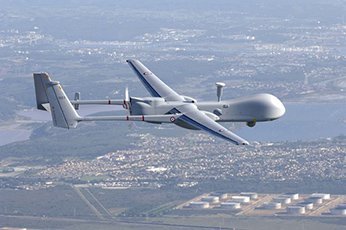North Atlantic Treaty Organisation (NATO) has released the results of study AVT-78: Considerations for Harmonisation of UAS Regulations for Common NATO Operating Approvals. The work focused on identifying and analysing the multitude of different processes used by NATO to achieve UAS operations. These UAS operations were not constrained by type, e.g., Visual Line of Sight, Beyond Visual Line of Sight, weight, operating altitude, range or speed.
To derive benefit from the work AVT-278 had started, JCG-UAS asked the technical panel to answer a specific question: Recommend a process for harmonization of RPAS regulation to achieve operational (and civil acceptance) of NATO RPAS operations. By documenting Member States processes, and good/poor practice, themes of related processes started to emerge.
It became clear that following safety and airworthiness principles, defined in current regulations (ICAO/EASA/FAA/CASA) for manned aviation, as well as guidance material issued for general commercial UAS operations, Member States were delivering operations by following processes aligned to airworthiness functional pillars. AVT-278, therefore identified common elements to achieving safe operations, and created a ‘9 Item Framework’, which, if followed by Member States, would provide methodology to gain assurance of safe and airworthy, risk based, RPAS operations.
The 9 Item Framework, if adopted, could provide a method for Member States to assure their operations for NATO operational theatres and could also provide the method by which Theatre Commanders/Administrators can assess the robustness of a Member States UAS operation.
Published: 11/30/2020
Publication Reference: STO-TR-AVT-278
DOI: 10.14339/STO-TR-AVT-278
(Image: DSNA)
For more information visit:




